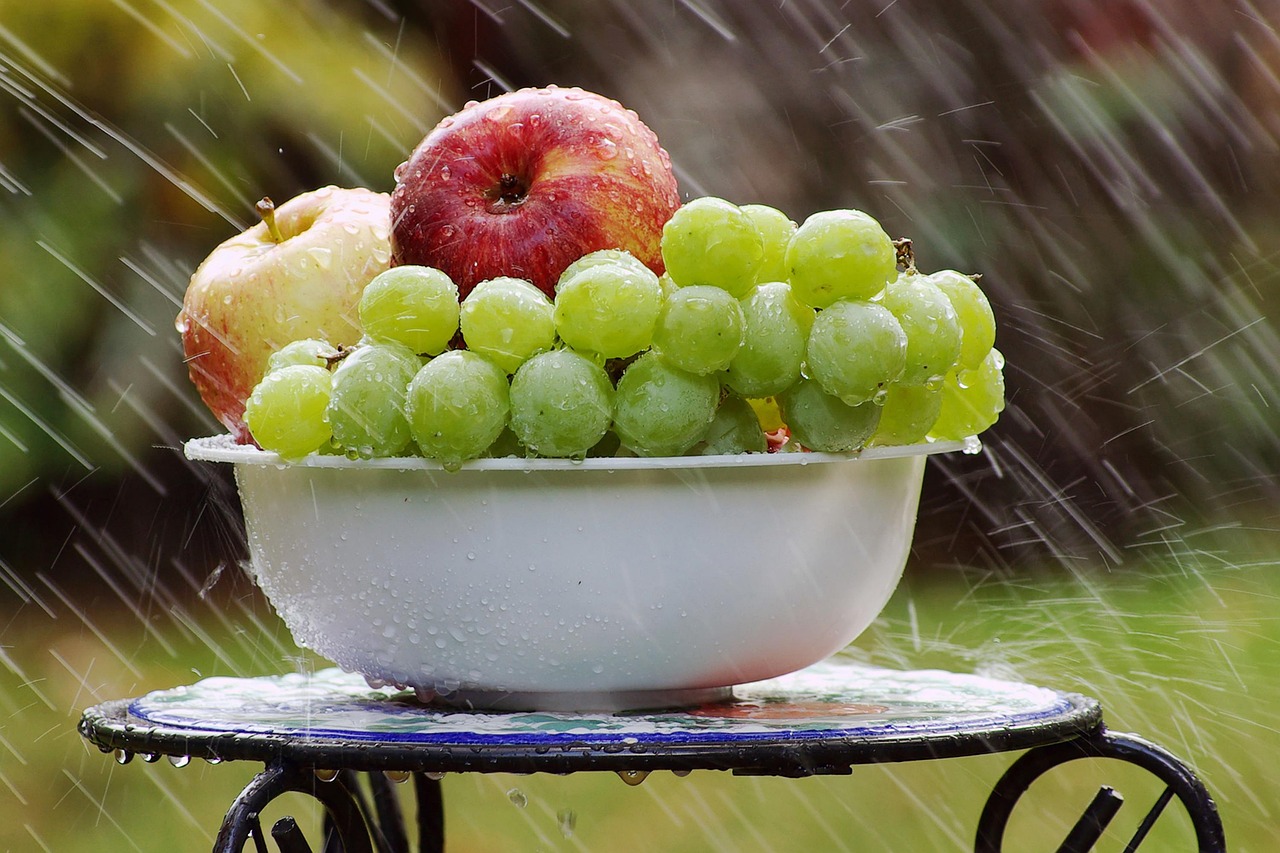In the elderly, this syndrome “is a marker of risk of mortality and pejorative events”.
A study by members of the Hinda and Arthur Marcus Institute for Research on Aging in Boston suggests that foods containing flavonolsa component of the flavonoid group, are likely to reduce the risk of frailty syndrome, which usually occurs after the age of 70.
It is estimated that between 10% and 15% of the elderly suffer from this geriatric syndrome.
What are flavanols?
The High Authority for Health (HAS) defines frailty syndrome as being “a risk marker for mortality and pejorative events, in particular disability, falls, hospitalization and entry into an institution”.
Let’s come to flavanols, these plant pigments found in foods such as apples, grapes or spinach.
Berries and apples for frailty syndrome
The researchers followed 1,701 people who did not initially present with the syndrome, for 12 years. At the end of this follow-up, they realized that this consumption could be linked to a lower risk of suffering from this syndrome.
Professor Shivani Sahni, who participated in this work, summarizes:
A higher intake of quercetin was the flavonoid that had the strongest association with preventing frailty. These data suggest that there may be particular subclasses of flavonoids that have the most potential as a dietary strategy for the prevention of frailty.
10 mg of flavonols per day
And the authors believe that “each higher intake of 10mg of flavonols per day, the risks of frailty were reduced by 20%”. A reasonable amount when you know that these 10 mg are in a single apple.
If the authors concede that other studies must be carried out to deepen this link, we already know that flavanols have beneficial effects such as those on inflammation, the reduction of cardiovascular risks or in the prevention of the appearance of cancer. .

